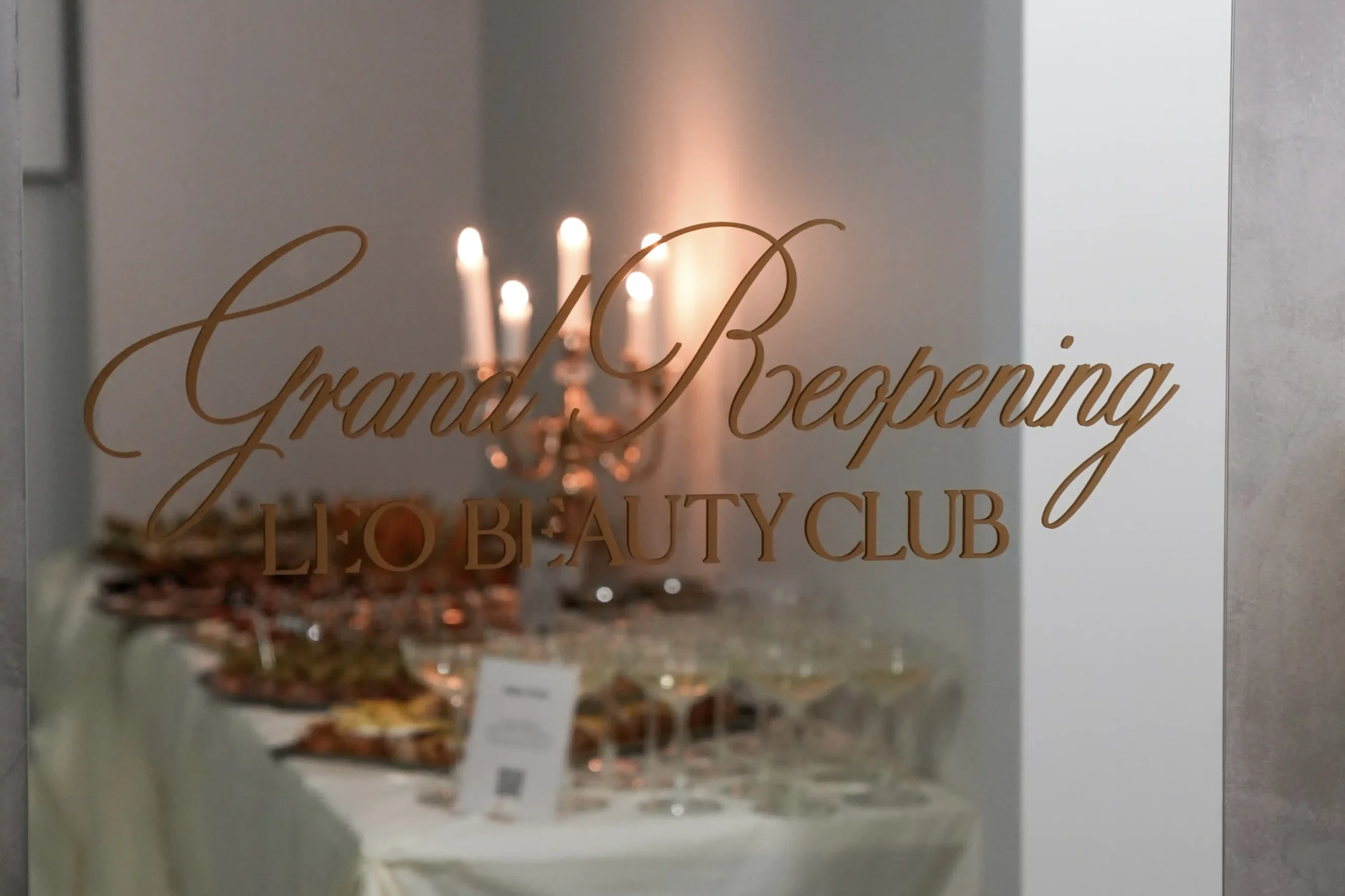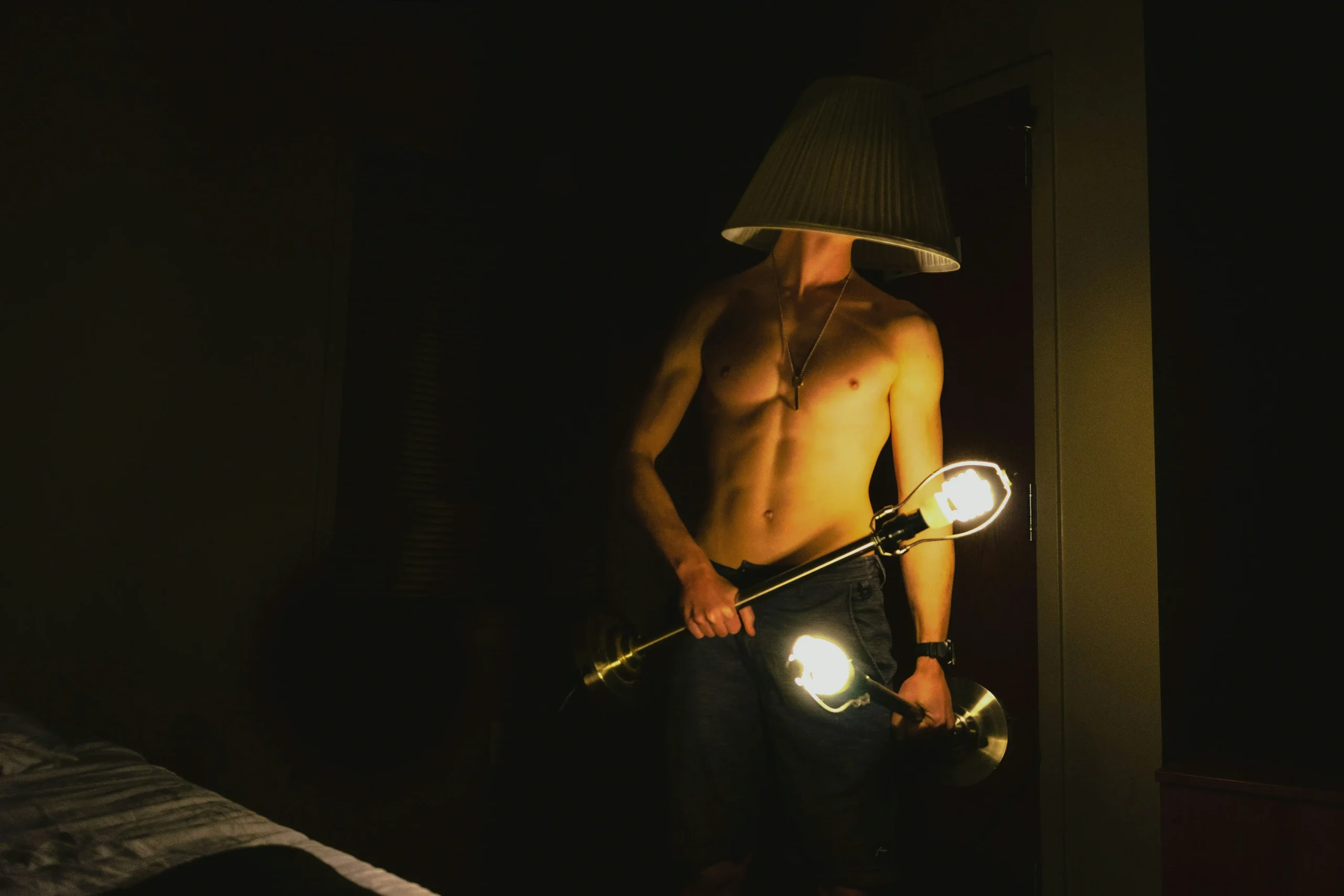Premium second-hand clothing brands are conquering the closets of fashion fans, hardly proving to be a good investment. More and more people are searching for products from previous collections of luxury brands. Reports, show a significant increase in sales of older models. Just a few years ago, buying a used Chanel handbag was considered an extravagance, today it is a manifesto of conscious consumption and a clever way to save up to 70%. Why the boom in preloved luxury (used items) and is it really always worth it? We check the facts.
Table of Contents:
- What exactly are premium clothing brands?
- Why do we buy premium second-hand clothing brands?
- Ecology vs. frugality – two drivers of the trend
- Where to look: online/offline platforms and boutiques
- Vinted, Vestiaire, stationary stores – where to look?
- How to distinguish the original from the fake?
- Case study: how much can you save?
- Most popular premium used brand categories
- Traps – what to avoid when shopping?
- Trends for 2025 and forecast for future years
What exactly are premium clothing brands?
Premium clothing brands are a big part of the fashion industry. What sets them apart? They place a strong emphasis on image building, as well as customer relations. The higher price of goods is associated with high quality, and at the same time with a sense of exclusivity or applied innovation. Very often there is a long history of the company, in addition, many times there is a visible login. Medium availability and a narrow distribution channel increase the prestige of the articles. Unlike luxury products aimed exclusively at an elite group of customers, they are easier to obtain, and prices are not as exorbitant, although they significantly exceed those of economy companies.
Sometimes the two terms – premium and luxury brands – are used interchangeably, but not always rightly. The former are cheaper, more prestigious and more readily available. Many companies have both variants in their portfolio, which are a kind of social status, because not everyone can afford them. Rarity, hidden symbolism and remarkable aesthetics or brand (brand) recognition – these are the qualities that all high-end brands have in common.
Why do we buy premium second-hand clothing brands?
The fashion world is constantly evolving, and overproduction of clothes is the norm. Large quantities of things often end up in second circulation. Luxury commissaries, sales platforms, various auctions and a love of vintage (style or things from decades past) – these elements have made premium second-hand brands incredibly desirable. Not only die-hard fashion fans have succumbed to this trend. The masses of people are changing their approach to shopping. More than half of Poles have something secondhand in their closet. There are several reasons for this phenomenon. 11% are looking for iconic models, as well as unique gems that are hard to get in current company offerings, or have even disappeared from the market altogether. They are tempted by a much lower price, having things with history in their closet, and the possibility of selling the product in the future with a profit. This is the deciding factor for 74% of customers, according to Santander Consumer Bank’s survey, “Poles’ Own Wallets: spring challenges” of 2024. Second-hand premium brands are now at your fingertips, as there is no problem getting unique items or those from limited collections. Second-hand premium brands offer, as do commissaries and individual sellers a mass of goods. The number of sources is growing non-stop, not least because even clothing companies themselves are opening their own outlets (places where you can buy things at reduced prices – these are usually end-of-series or surplus items).
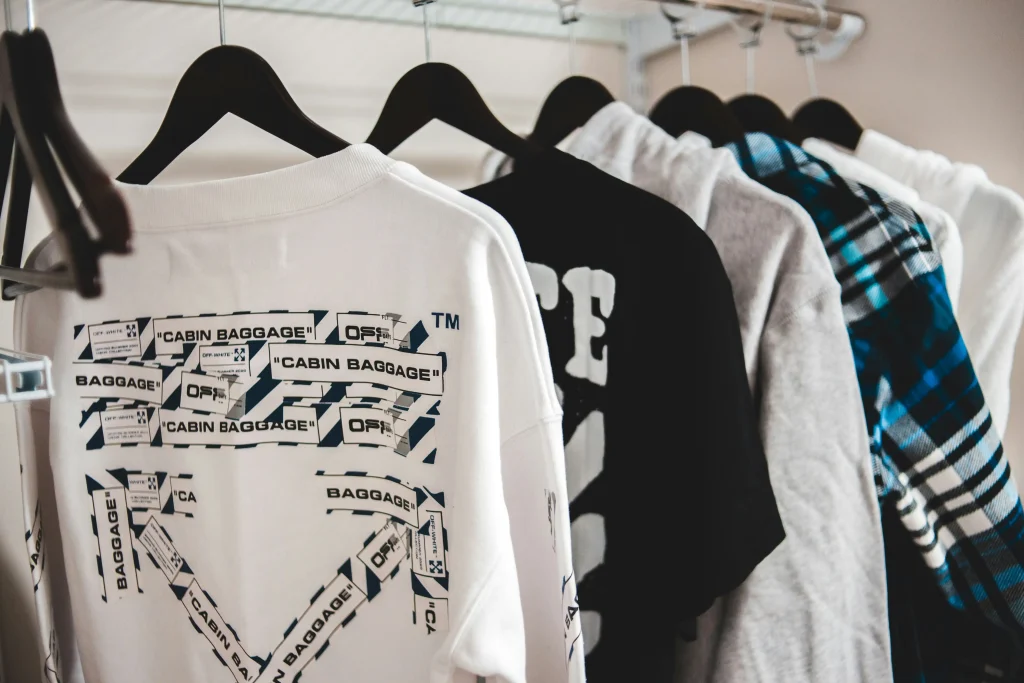
Ecology vs. frugality – two drivers of the trend
Second-hand premium brands are much cheaper than those available in the original offer. For some, buying such goods is only about saving money. Not everyone wants to overpay, let alone invest a lot in luxury goods. An added bonus is the possibility of reselling the “gem” at a profit. The second group of people opt for used premium brands for environmental reasons. Buying second-hand reduces waste, further saving natural resources, while reducingCO2 emissions. Customer awareness means that excessive consumerism is on the decline. Having clothes and accessories of better quality allows you to do something good for the planet, plus you don’t have to replace your closet every season.
50% of people in European countries, including Germany, the UK and France wear second-hand clothing simply because they want to go green. The second-hand 2025 trend is not a passing fad, but a way to shop consciously. The bonus is that it manages to save a lot without giving up premium goods.
Where to look: online/offline platforms and boutiques
Cheap premium brands are available both online and offline. You can start your search from reputable commissaries and second-hand stores. This is the fastest way to acquire original products. The authenticity of premium brands is confirmed by professionals or certificates. We are less sure when shopping at online auctions or platforms, although increasingly also there is an additional paid option to test clothes, and accessories for originality. Hardly in such places is the largest selection of “gems”, because a large group of people from different parts of the world sell their own closet resources.
Vinted, Vestiaire, stationary stores – where to look?
Stationary commissaries are a paradise for “searchers” and customers who like to touch, carefully inspect or try on goods before buying. Searching takes more time than typing a keyword in an Internet browser, besides, mainly in larger cities such stores appear, and this, unfortunately, limits accessibility.
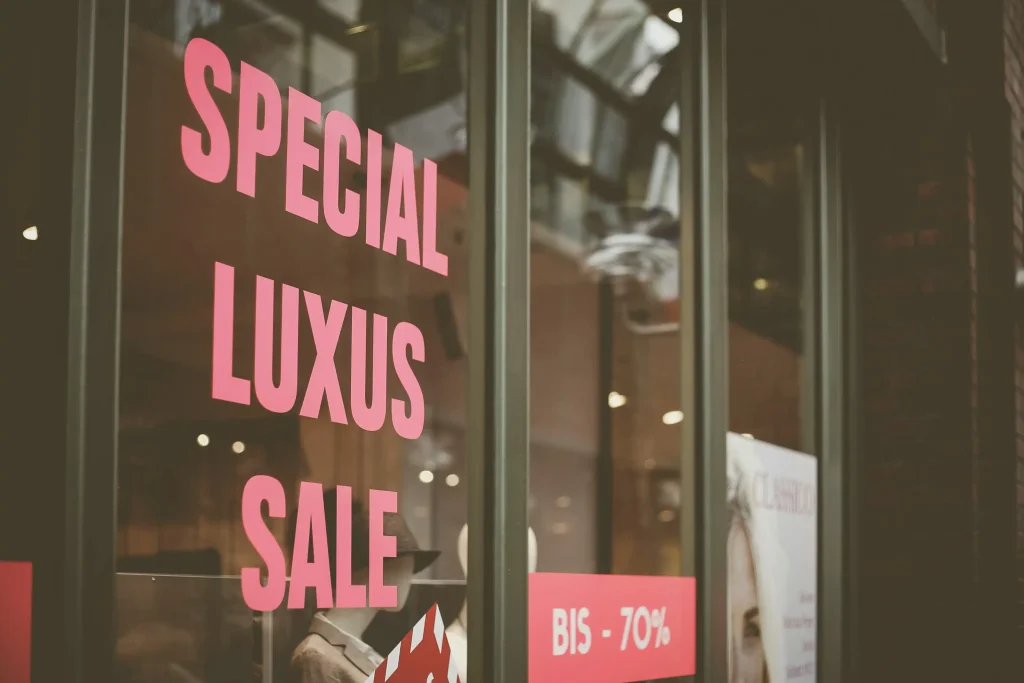
Where to buy premium brands online? The website and apps allow you to make purchases of luxury goods without leaving home. Masses of celebrities use this solution, such as celebrity Kim Kardashian. Global sales platforms like Vinted and Vestiaire Collective have been the most popular for years. There are many offers, including from outside the country, moreover, the number of brands is surprising. The important thing is that customers can purchase old collections as well as new ones at a very affordable price.
How to distinguish an original from a fake?
Buying a premium brand secondhand is sometimes questionable, as fakes and replicas are a real scourge, especially online. The receipt, packaging and tags or serial numbers and QR code give confidence in the authenticity of a garment or accessory. Many details can be compared or checked on the brand’s official website. Good workmanship, meaning perfect stitching, signatures or refined details are key. When in doubt, it’s a good idea to use groups or companies that verify originality. A low price should be a warning sign when it comes to second-hand luxury clothing, as should indistinct logos and crooked letters printed on the label. A very old Chanel handbag vintage may not have numbers, but it does have some distinctive features that are worth knowing. With a little time and knowledge, you can avoid buying fakes.
Case study: how much can you save?
Second-hand platforms and comestibles, and even private sellers offer premium clothing and accessories cheaper by up to 2/3 of the official price. A lot really depends on the condition, brand, composition, as well as availability in the market. The cheapest will be in stationary second-hand stores, where a piece costs between 100-300 zlotys or slightly more, and in the case of pricing by weight system it is sometimes only a few zlotys. However, the risk of buying a counterfeit is much higher than with companies that perform authenticity confirmation before they put something up on the site.
Most popular premium used brand categories
Buying secondhand is eco-friendly, allows you to spend less and, most importantly, get a unique addition to your closet. The most popular for years remain premium brand handbags, shoes and jewelry. They are mostly suitable for refurbishment, although “traces of time” provide them with more character, while natural leather is very durable and can last longer than eco-friendly counterparts. According to the Vestiaire Collective report, there is growing interest in products from fashion houses Gucci, Dior, Saint Laurent and Prada, as well as Balenciaga and Bottega Veneta. For years, luxury “old” Chanel has consistently been at the forefront. What about when it comes to premium brands? Sporty brands are always at a premium, especially limited collections, in addition to which watches and gold jewelry from well-known jewelers like Apart and Pandora invariably remain a good investment.
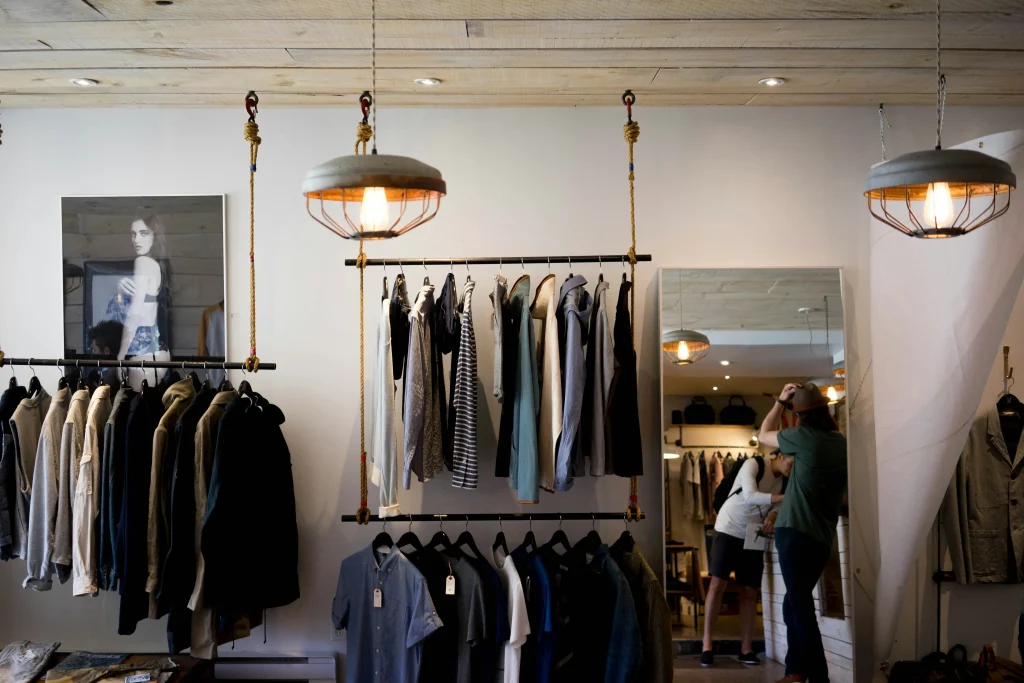
Traps – what to avoid when shopping?
Cheap premium brands manage to be purchased in many places. Low price does not always go hand in hand with good condition, and not all things can be restored or redone, besides, it involves a considerable expense. It is better to avoid serious damage, difficult stains or missing important parts. The system of returns and complaints is sometimes completely inaccessible, a fact that should be kept in mind before being tempted by any “gem” about which there are doubts. Second-hand premium brands appear right next to replicas, and without experience it is difficult to distinguish them, especially when internal tags are missing. When shopping , one should never be guided solely by price and fall into impulsiveness, because you will unnecessarily clutter your closet. Bargains are tempting, but sometimes it is worth waiting longer for the dream item than acquiring something unnecessary. Proper care will help prolong its “life” and, above all, get rid of the peculiar smell associated with second-hand clothing.
Trends for 2025 and forecast for future years
The prices of luxury goods are constantly rising, which is why quite a few fashion houses and well-known brands have been experiencing declines in sales recently. The situation is completely different in the case of used premium items, as they are being thrown into baskets more and more eagerly every year. Promotions or greater availability of outlet stores and the return of vintage models to the forefront of trends are driving their popularity. The next few years are sure to bring even greater fame for commissions, second-hand stores and for online sales platforms, even though you’ll have to pay a bit more for products. This is still a much lower cost than for new clothes and accessories. In addition, in many cases you get a big better quality, interesting design, and something unavailable to others.


